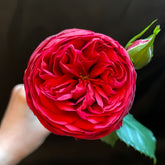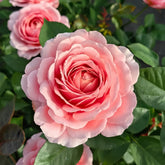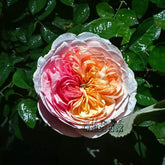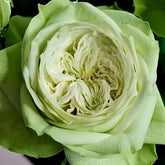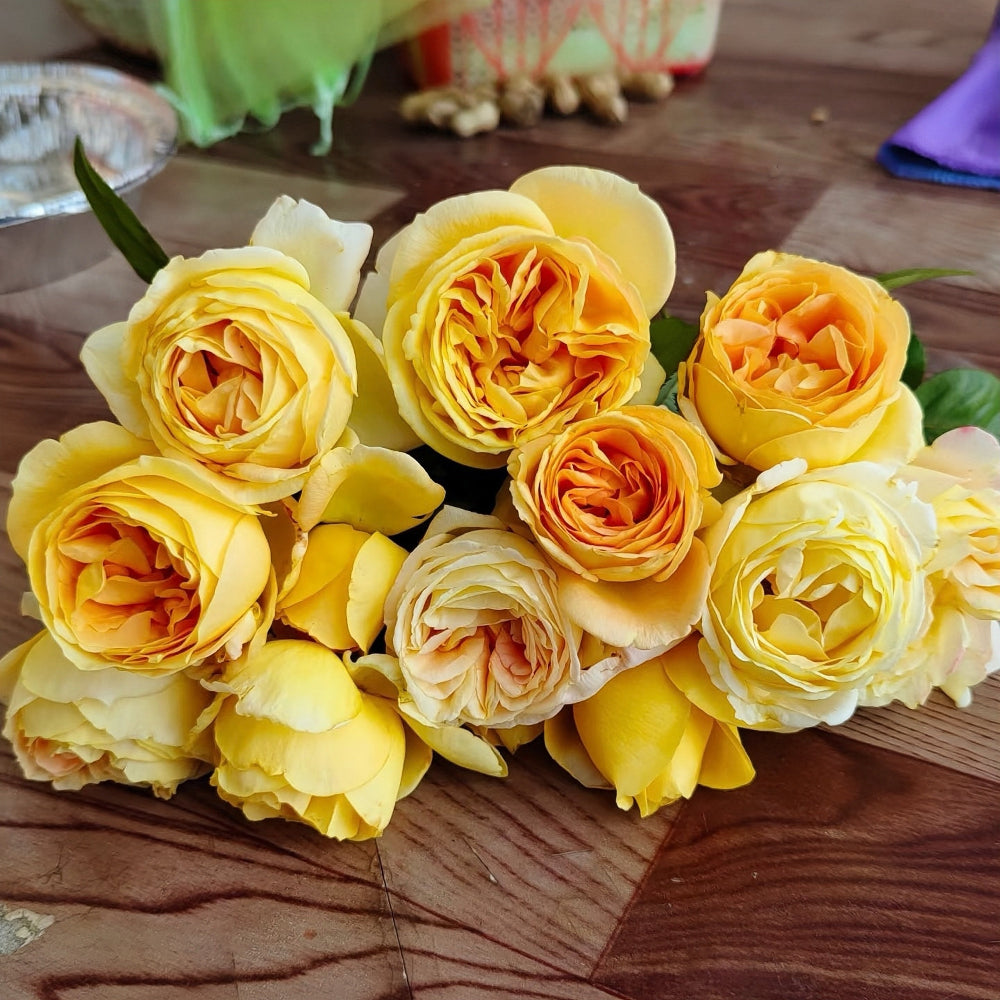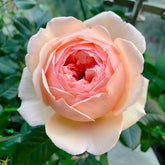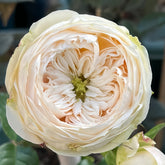Best Yves Piaget Rose Varieties: A Guide to the Iconic Fragrant Series
by
SmithZoe
20 Oct 2025
For rose enthusiasts, the Yves Piaget rose series stands out as a symbol of luxury, fragrance, and stunning blooms. While many associate this beloved series with Japan, its roots trace back to France—proving that great roses truly transcend borders. If you’re wondering which Yves Piaget roses are worth growing, this guide breaks down the series’ history, key traits, and the most standout varieties that every gardener will adore.
The Story Behind the Yves Piaget Rose Series
The Yves Piaget rose series didn’t start in Japan—though Japan played a pivotal role in its popularity. The original variety, Yves Piaget (the rose that started it all), was bred in France by Meilland International in 1983. This classic shrub rose quickly gained a cult following for its large blooms and intense fragrance, and when it arrived in Japan, it became a sensation.
Japanese breeders seized the opportunity to expand the series: they created new varieties through sport mutations (genetic variations of the original) and hybridization. Fans of the series refer to roses derived directly from sport mutations as “direct descendants”, while those bred by crossing the original Yves Piaget with other roses are called “hybrid relatives” . Today, the Yves Piaget rose series boasts around 50 known varieties—all sharing core traits that make the series iconic.
What Makes Yves Piaget Roses Special?
While each Yves Piaget rose has its own charm, the series is united by three unmissable features:
- Large blooms: These roses are famous for their generous flower size—often 10–12 cm in diameter—with lush, full petals.
- Intense fragrance: Most varieties have a strong, sweet scent (often described as “damask” or “satin-like”) that fills gardens and bouquets.
- Elegant flower forms: From tight, ruffled “bun” shapes in bud to open, cup-like blooms, Yves Piaget roses are visually striking.
Beyond these, many varieties are repeat bloomers (flowering multiple times a season) and have good growth habits—making them perfect for both beginner and experienced gardeners.
The Best Yves Piaget Rose Varieties to Grow
With so many similar-looking varieties, choosing the “best” Yves Piaget rose is subjective—but these seven standouts offer unique colors, scents, and traits that make them fan favorites:
1. Yves Piaget (Deep Pink) – The Original

You can’t talk about the Yves Piaget rose series without the founding variety! This deep pink shrub rose has robust growth, large ruffled blooms, and an intense, heady fragrance. It’s a must-have for anyone wanting to honor the series’ roots—and it never disappoints with its reliable blooming and hardiness.
2. Jardin parfume (Deep Pink) – Hybrid Relative

A vibrant addition to the series, Jardin parfume (a hybrid relative) produces clusters of bright magenta-pink flowers. What sets it apart? It’s incredibly vigorous (grows fast!) and blooms profusely, with a fragrance that’s just as bold as its color. Perfect for adding a pop of brightness to borders or hedges.
3. Noble de Parfum (Light Pink) – Direct Descendant

This direct descendant of the original Yves Piaget is a gem for fragrance lovers. Its blooms feature white petals edged with soft pink, and they stay tightly ruffled (like a little “bun”) when in bud. It inherits the original’s excellent branching, repeat-blooming habit, and—best of all—resistance to powdery mildew. The leaves are glossy and lush, and the plant stays at a manageable height, making it ideal for containers or small gardens.
4. Fragrance of Fragrances (Light Pink) – Direct Descendant

Fragrance of Fragrances is a special direct descendant: it’s the only Yves Piaget rose bred by the renowned Japanese breeder Junko Kawamoto. With delicate light pink blooms and a sweet, lingering scent, it’s a more refined take on the series’ classic traits. It grows steadily and produces abundant flowers, making it a favorite for cut arrangements.
5. Yves Claire (Bicolor) – Unique Beauty
 For gardeners who love unusual blooms, Yves Claire delivers. Its flowers are bicolor: soft pink in the center, fading to white on the outer petals, with hints of pale green on the outermost edges. The contrast is subtle but stunning, and the fragrance is gentle and sweet. It’s a conversation starter in any garden!
For gardeners who love unusual blooms, Yves Claire delivers. Its flowers are bicolor: soft pink in the center, fading to white on the outer petals, with hints of pale green on the outermost edges. The contrast is subtle but stunning, and the fragrance is gentle and sweet. It’s a conversation starter in any garden!6. Yves Cullum (White) – Pure Elegance
 If white roses are your weakness, Yves Cullum (a direct descendant) is for you. Its blooms start as creamy white—often described as “satin-like” in texture—with occasional soft blush undertones. It’s a graceful, refined variety that pairs beautifully with other flowers and adds a touch of elegance to any space.
If white roses are your weakness, Yves Cullum (a direct descendant) is for you. Its blooms start as creamy white—often described as “satin-like” in texture—with occasional soft blush undertones. It’s a graceful, refined variety that pairs beautifully with other flowers and adds a touch of elegance to any space.7. Yves sapphire (Purple/Blue) – Color-Changing Charm
 Don’t let the name fool you: Yves sapphire isn’t a true blue rose, but its color is still breathtaking. In cool temperatures, the blooms take on a rich purple hue; in warmer weather, they lean toward soft pink. The flowers are large (up to 12 cm wide) with a strong satin-like fragrance, starting as tight buns and opening into elegant cups. It’s a unique variety that adds depth and intrigue to rose gardens.
Don’t let the name fool you: Yves sapphire isn’t a true blue rose, but its color is still breathtaking. In cool temperatures, the blooms take on a rich purple hue; in warmer weather, they lean toward soft pink. The flowers are large (up to 12 cm wide) with a strong satin-like fragrance, starting as tight buns and opening into elegant cups. It’s a unique variety that adds depth and intrigue to rose gardens.Tips for Choosing Your Yves Piaget Rose
With so many lovely varieties, how do you pick? Here’s what to consider:
- Color preference: Do you love bold pinks, soft pastels, pure whites, or unique bicolors?
- Garden space: Compact varieties like Noble de Parfum work well in containers, while vigorous types like Fragrant Garden thrive in borders.
- Fragrance intensity: If scent is your top priority, go for Noble de Parfum or the original Yves Piaget.
Remember: Many Yves Piaget roses look similar when in bloom—so don’t stress about “collecting all”! Choose 2–3 that speak to you, and you’ll have a garden filled with fragrance and beauty.
Final Thoughts on the Yves Piaget Rose Series
The Yves Piaget rose series is more than just a collection of roses—it’s a celebration of French breeding excellence and Japanese innovation. With their large blooms, intense fragrances, and elegant forms, these roses bring luxury to any garden. Whether you’re a seasoned rose grower or just starting out, the standout varieties listed here are sure to delight.
Have you grown any Yves Piaget roses? Which one is your favorite? Let us know in the comments—or if you need help finding the perfect variety for your garden, feel free to ask!

